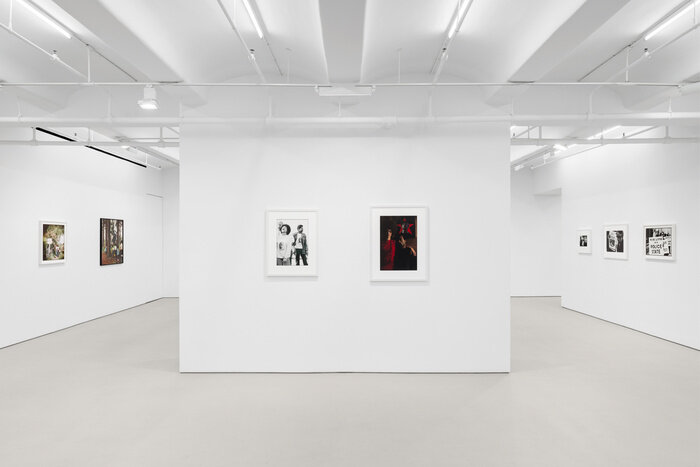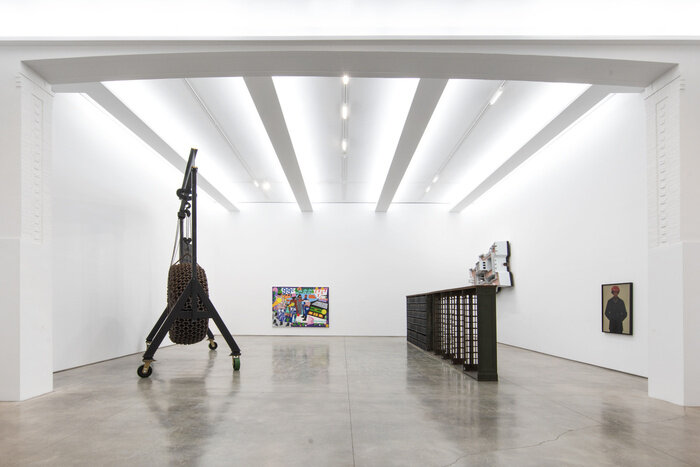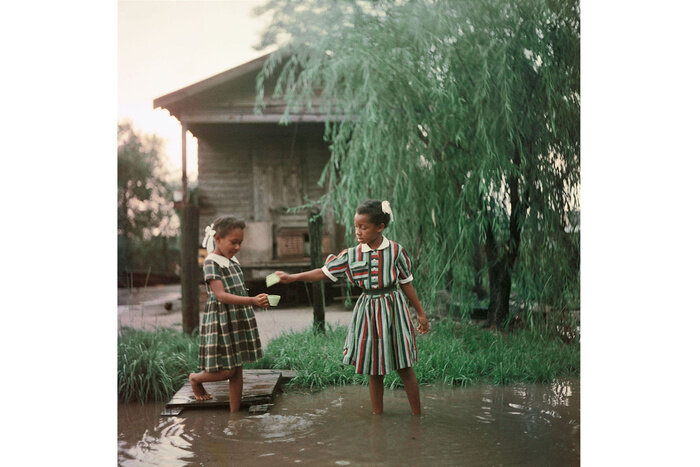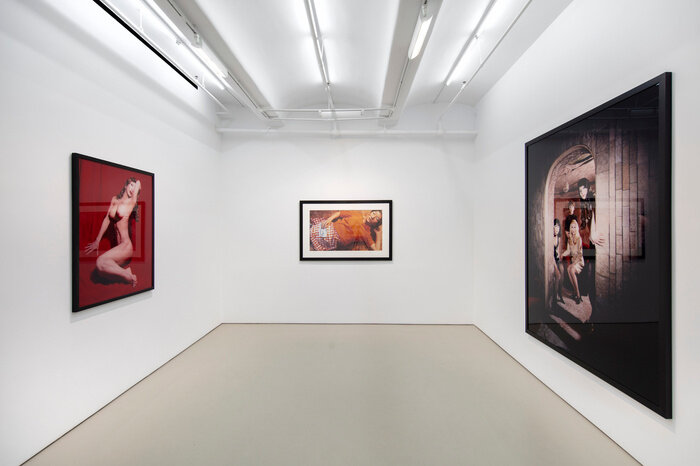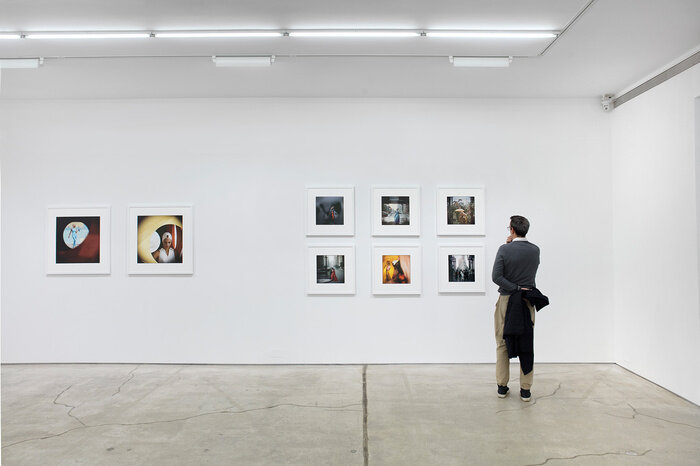Gordon Parks
Works (Tap to zoom)
Biography
Gordon Parks (b. Fort Scott, KS, 1912; d. New York, NY, 2006) was a seminal photographer as well as a celebrated composer, author and filmmaker. As a humanitarian with a deep commitment to social justice, his work documents many of the most important aspects of American culture with a focus on race relations, poverty, civil rights and urban life. Born into poverty and segregation, Parks was first drawn to photography when he saw images of migrant workers published in a magazine. He taught himself how to use a camera purchased at a pawn shop and, despite his lack of professional training, found employment chronicling the nation’s social conditions. Parks developed his own style allowing him to break the color line in professional photography while creating remarkably expressive images that consistently explore the social and economic impact of racism.
Awarded the prestigious Julius Rosenwald Fellowship in 1942, Parks chose to work with Roy Stryker and the FSA, and soon upon arriving created American Gothic, one of his most iconic images, and one of the hallmark images of the 20th Century. His 1948 photo essay on the life of a Harlem gang leader awarded him widespread acclaim and a position as the first African American staff photographer and writer for Life magazine where he worked for two decades. His work was known to capture the essence of activism and humanitarianism in mid-twentieth century America and have become defining images of their era. They also rallied support for the burgeoning Civil Rights Movement, for which Parks himself was a tireless advocate as well as a documentarian.
Exhibitions

